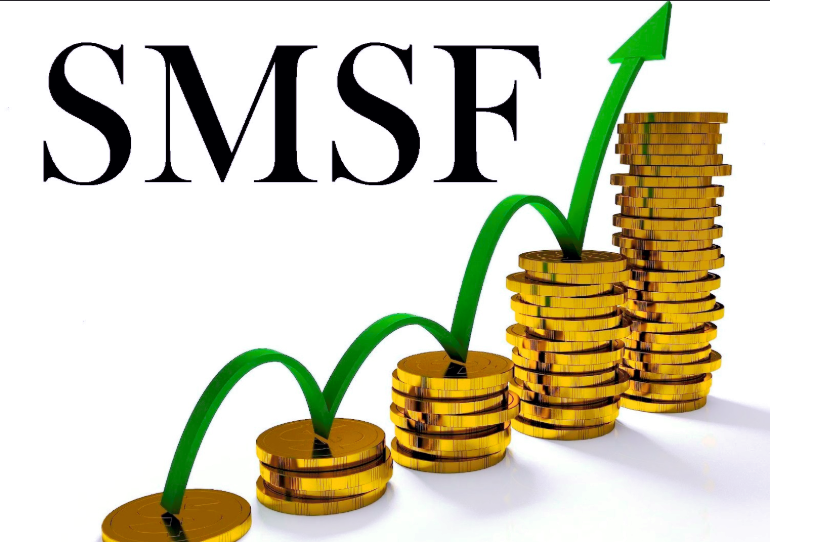In this post, we will delve into the topic of self-managed super funds (SMSFs) and provide you with a comprehensive guide on how to set up your own SMSF. If you are looking for a way to take control of your retirement savings and have the flexibility to make investment decisions, a self-managed super fund might be the right choice for you. This post will cover the necessary steps and considerations to ensure a successful management and SMSF setup.
What is a self-managed super fund?
A self-managed super fund, also known as an SMSF, is a type of superannuation fund that gives individuals more control over their retirement savings. With an SMSF, individuals are responsible for managing and making investment decisions for their fund. This includes deciding where to invest their money, such as in property, shares, or cash. The main advantage of having an SMSF is the ability to tailor the fund’s investments to suit individual needs and goals. However, managing an SMSF requires time, knowledge, and expertise, as there are strict rules and regulations that must be followed. It is important to understand the responsibilities involved in running an SMSF, such as keeping accurate records, preparing financial statements, and lodging an annual tax return. Seeking professional advice from an accountant or financial advisor is recommended to ensure compliance with all legal requirements.
Setting up an SMSF
Setting up a self-managed super fund (SMSF) is a significant financial decision that requires careful planning and consideration. Firstly, it is important to understand the responsibilities and obligations associated with managing your own super fund. This includes ensuring compliance with the superannuation laws and regulations set by the Australian Taxation Office (ATO). Secondly, you will need to establish a trust structure for your SMSF setup, which involves appointing individual trustees or a corporate trustee. Each trustee will have legal responsibilities and must act in the best interest of the fund’s members. Additionally, you will need to decide on the investment strategy for your SMSF, which should align with your financial goals and risk tolerance.
It is also essential to have a solid understanding of the tax implications and reporting requirements for your self-managed super fund. Seeking professional advice from a licensed financial adviser or SMSF setup specialist can greatly assist you in navigating through the complexities of setting up and managing your own super fund.
Contributions and compliance
Contributions and compliance play a crucial role in managing self-managed super funds (SMSFs). Understanding the rules and regulations surrounding contributions is essential to ensure compliance with the Australian Taxation Office (ATO). Contributions to SMSFs can be made in various forms, including employer contributions, personal contributions, and government co-contributions. It is important to be aware of the contribution limits and restrictions imposed by the ATO to avoid penalties and unnecessary complications. Compliance involves adhering to reporting obligations, such as lodging the annual return and providing accurate and timely information to the ATO.
SMSF trustees also need to maintain proper records of contributions and ensure that they meet the sole purpose test, which states that the fund must be maintained for the sole purpose of providing retirement benefits to its members. By staying informed and following the guidelines set by the ATO, individuals can effectively manage their SMSFs and maximize their retirement savings.
Investment options and strategies
Self-managed super funds offer a plethora of investment options and strategies for individuals looking to take control of their retirement savings. From the traditional options like shares and cash to more complex strategies such as property investment and derivatives trading, the possibilities are vast. With a self-managed super fund, investors have the freedom to diversify their portfolio and tailor their investments to align with their financial goals. This flexibility allows for a greater level of control and potential for higher returns. However, it is important to note that with greater control comes greater responsibility.
Investors must carefully consider their risk tolerance and seek professional advice to ensure they make informed decisions. It is also crucial to stay updated with market trends and economic conditions to maximize the potential of their self-managed super fund investments. By understanding the various investment options and strategies available, individuals can make well-informed choices that align with their long-term financial objectives.

Managing and reviewing your SMSF
Managing and reviewing your self-managed super funds can be a complex and time-consuming task. It requires careful attention to detail and a thorough understanding of the rules and regulations surrounding superannuation. One of the key responsibilities of managing your self-managed super funds is the ongoing review of your investment strategy. This involves regularly assessing the performance of your investments and making adjustments as necessary to ensure your funds are on track to meet your retirement goals. In addition to investment management, you will also need to stay on top of administrative tasks such as lodging annual tax returns and keeping accurate records. It is important to seek professional advice from a qualified financial advisor or accountant to ensure you are complying with all the relevant laws and regulations. By effectively managing and reviewing your self-managed super funds, you can maximize your returns and secure a comfortable retirement.
Conclusion
Setting up a self-managed super fund can provide you with greater control and flexibility over your retirement savings. By following the steps outlined in this guide, you can establish and manage your SMSF with confidence. Remember to carefully consider your investment strategy, meet compliance obligations, and regularly review and adjust your SMSF setup as needed. Seek professional advice when necessary to ensure the success and growth of your self-managed super fund.

